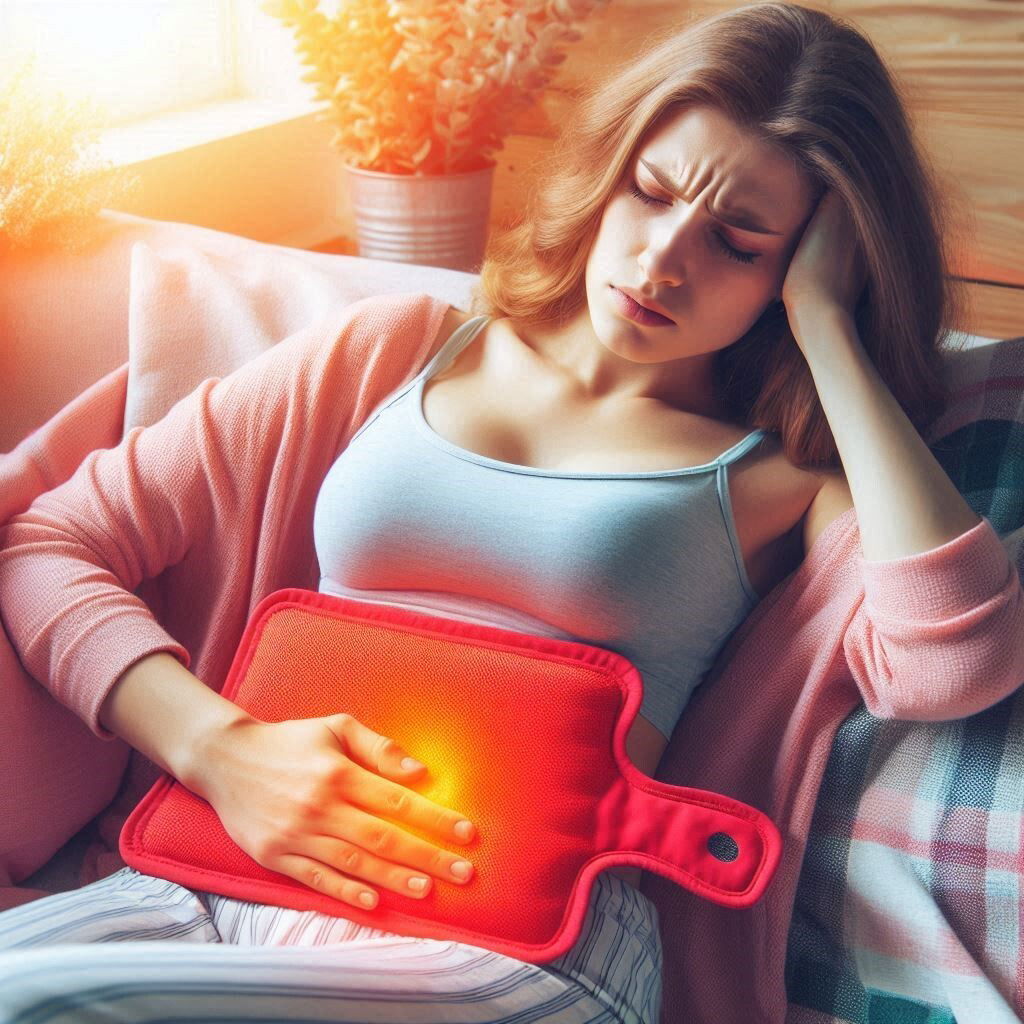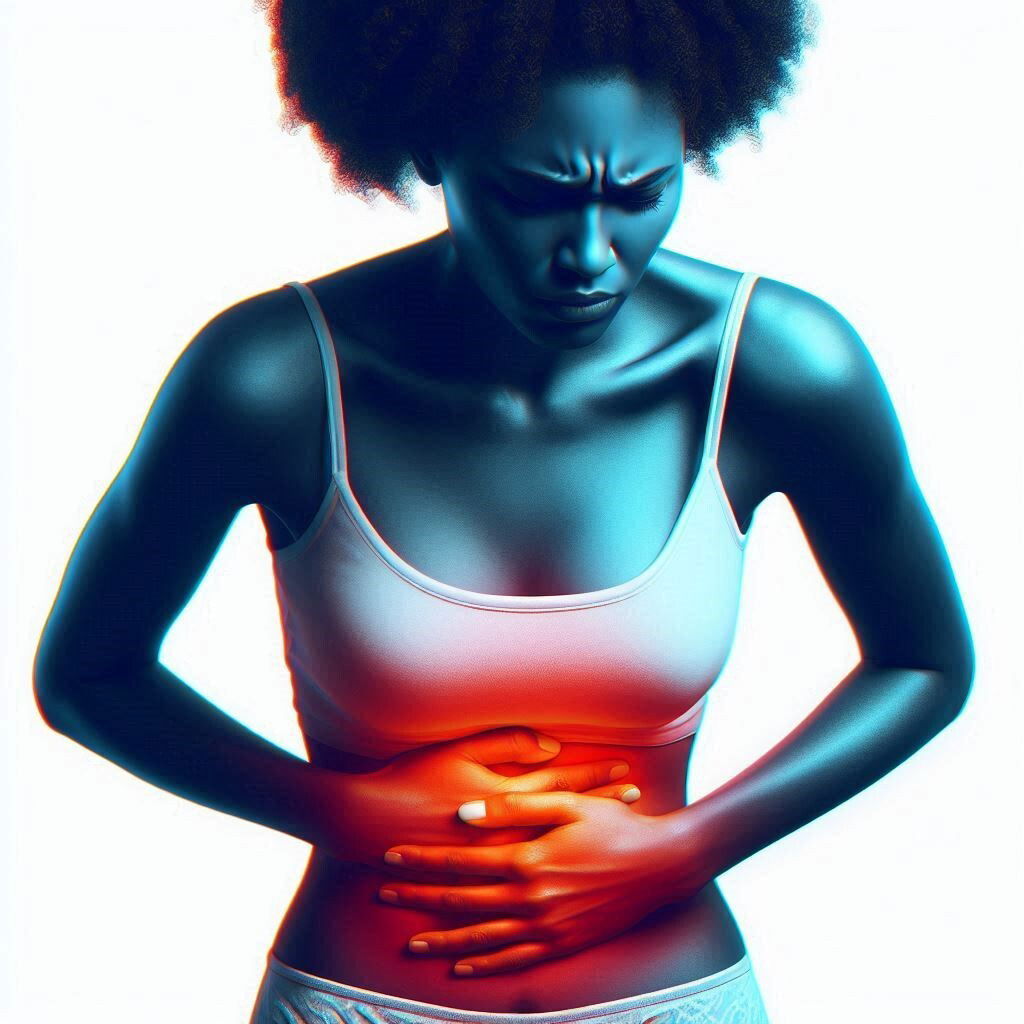Best Heat Pads for Menstrual Cramps: Your Comfort Guide

Introduction
Menstrual cramps, medically known as dysmenorrhea, affect many women during their reproductive years. These cramps can range from mild discomfort to debilitating pain, significantly impacting daily life. While there are various remedies to alleviate menstrual pain, heat pads have emerged as a popular, effective, and natural solution. In this article, we will explore how a heat pad for menstrual cramps can provide relief, its benefits for reproductive health, and tips on choosing the best one for your needs.
How Heat Pads Relieve Menstrual Cramps: The Science Behind Heat Therapy
Heat therapy has been used for centuries to treat various types of pain. When applied to the lower abdomen, a heat pad helps to relax the muscles of the uterus, which are the primary source of menstrual cramps. The warmth increases blood flow to the area, which can help reduce the severity of cramps and improve overall comfort.
Immediate Relief and Long-Term Benefits
Using a heat pad provides immediate relief from menstrual cramps by easing muscle contractions and reducing tension. In the long term, regular use of heat therapy during menstruation can lead to a reduction in the frequency and intensity of cramps, promoting better reproductive health.
Benefits of Using a Heat Pad for Menstrual Cramps
Natural Pain Relief
Heat pads offer a drug-free way to manage menstrual pain. This is particularly beneficial for those who prefer to avoid over-the-counter pain medications or have allergies or sensitivities to certain drugs.
Convenience and Ease of Use
Heat pads are easy to use and can be used at any time. Regardless of whether you are at home or at work or on the go, a portable heat pad can be used while handling different activities without any interruption.
Highly Cost-Efficient
You can save money in the long term by investing in a good-quality heat pad that will help reduce the need for medication and treatment.
Types of the Best Heat Pad to Benefit Menstrual Cramps
- Electric Heat Pads: These pads are usually very reliable and flexible and come with features such as being able to adjust to your preferred level of warmth. Includes auto shut-off for safety.
- Microwaveable Heat Pads: Often filled with rice or wheat, making the pads highly flexible and adapts to any shape mold. This pad can be heated in the microwave.
- Chemical Heat Pads: These pads are more suitable for travel as they one use pads, and after used, you dispose of the pad. The heat molecule results from a chemical reaction.
Main Features to Look For
- Temperature Adjustability: Different people have different levels of comfort they reach by feeling the pad’s warmth.
- Size and Shape: Functionally, the pad must cover as much of your lower abdomen as possible but also have a comfortable size.
- Safety Function: Especially the automatic turn-off and the pad’s inability to heat above a particular level.
Connection between Heat Pads and Reproductive Systems
As using it regularly improves the blood circulation in the pelvic area, a few benefits in that realm are also appreciated. Increased blood flow and warmth can help lessen the severity of the menstrual cramps and keep the uterus healthier. Moreover, stress and anxiety negatively influence a reproductive system. The heat pads alleviate pain and, hopefully, lower the stress levels as well.
As Part of Other Treatments
Heat pads can be part of different treatments related to exercise, dietary changes, relaxation techniques and, as such, help improve the overall condition of the reproductive system. The combination of these methods leads to a more substantial and effective treatment strategy, helping women to manage menstrual pain continually.
How to Use a Heat Pad
Timing and Duration
For best results, start using the heat pad as soon as cramps begin. Most experts recommend applying heat for 15-20 minutes. You should also ensure to rest between the heatings, as it can prevent skin irritation.
Positioning the Heat Pad
Place the heat pad on your lower abdomen, specifically on the area where you feel cramps. Some pads can be used as heat belts and fastened with straps on the lower back, which is also a beneficial area for women who feel pain in this part of the body.
Keeping Safe
Always make sure to read the manufacturer’s instructions for the heat pad you are using. Using a heat pad while sleeping is not safe. Ensure to check your skin regularly so as not to burn from prolonged heating or pressure from the belts, causing irritation.
FAQ
Q1. How does it work?
The heat relaxes muscles in the uterus, allows for better blood circulation, reduces tension in the affected area, and overall define pain.
Q2. If my skin is sensitive, can I still use a heat pad?
Yes, use a heat pad on a low setting and place an additional cloth between the pad and your skin.
Q3. How long should a heat pad be used for menstrual cramps?
15-20 minutes. Always rest between applications to avoid overheating and skin irritation.
Q4. Any side effects?
When used properly, no. However, prolonged time use is associated with skin burns and irritation.
Q5. What is the best type of heat pad for menstrual cramps?
It depends on your specific requirements and possibilities. The product you choose should be most suitable for you and improve not only your menstrual routine but also your overall life quality.
Conclusion
Menstrual cramps are upsetting, but using heat pads for menstrual cramps can help cope with the pain naturally and effectively. Both limitations of the use and benefits of the product rely on the type of the heat pad a woman prefers. Whether you select an electric, microwaveable, or chemical device to manage a period of pain, the application can be simple and bring the desired relief. Frequent application of heat pads can enhance blood circulation in the pelvic area, reduce pressure, and work as a symptomatic support, which all together are beneficial for proper reproductive health.
